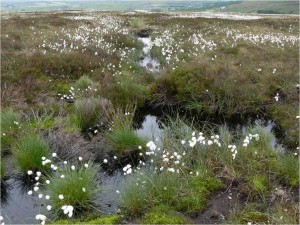 A proposal for a wind farm at Hoddlesden Moss has been withdrawn.
A proposal for a wind farm at Hoddlesden Moss has been withdrawn.
I guess this is because the recommendation of council staff was to refuse it.
And I don’t have to guess that that was partly because of the biological interest of the West Pennine Moors SSSI.
And we know that pressure from locals over a period of many years, with a little bit of help from this blog and its readers helped NE to do the right thing.
Good! That’s what’s supposed to happen.
Previous blogs on the West Pennine Moors: Natural England seem to have forgotten the West Pennine moors, 2 April 2015; West Pennine Moors, 12 June 2015; West Pennine Moors Again, 22 June 2015; Dear Natural England, 22 June 2015; Fair do’s, 22 June 2015; Gate Zero and the West Pennine Moors, 21 September 2015; What the frack? West Pennine Moors, 28 September 2015; A barn of special scientific interest? West Pennine Moors, 28 September 2015; West Pennine Moors complaint to NE over their response, 28 September 2015; Gate Zero and the West Pennine Moors, 5 October 2015, News: West Pennine Moors heading for notification, 20 January 2016, West Pennine Moors, 10 October 2016.
Meanwhile, here in Donana, I am discovering that the rain in Spain does not restrict itself to the plain.
[registration_form]
what fabulous news! just have to hope for all the other attempts to destroy the (few remaining) very special sites also fail: Strathy windfarm, Coul Links, Gwent levels, Lodge Hill, Bialowieza etc. Even the Serengeti. It’s great that one has been saved for now!
Meanwhile large swathes of the Highlands are being desecrated by huge wind farms on prime golden eagle areas with the RSPB seeming quite content for this to happen. Should an eagle be illegally killed, there is a big outcry from the RSPB, yet any killed legally by wind turbines don’t appear to matter!
The RSPB puts an eye-watering amount of time, energy and financial resources into wind farm casework. In some cases the ‘case against’ is deemed by the ‘authorities’ not to be strong enough, and wind farms get permission despite concerns. In other cases, sufficient measures are put in place to reduce risks. I personally think large-scale wind is silly and will be pretty much obsolete in a decade or two, but I can’t see what more the RSPB can do. Maybe blame the wind farm industry and decision makers?
I agree with you almost entire Messi. Wind farms are certainly not green, the CO2 in construction, transportation, installation will never be a saving in the relatively short life they have. Importantly, because they are unreliable ( due to the dependence of wind, either not enough or too much of it) they have to be run in tandem with a conventional power station. The land owners & power companies make fortunes & us plebs pay for it.
Yes there are others to be blamed ( like the 2 you mentioned) plus the landowners but the RSPB have made it easy for the decision makes by not insisting on higher levels surveys etc., unlike other real conservation organisations such as the John Muir Trust.
They are so good for the wildlife tourism that will replace Grouse moors.